Fashion and Textiles
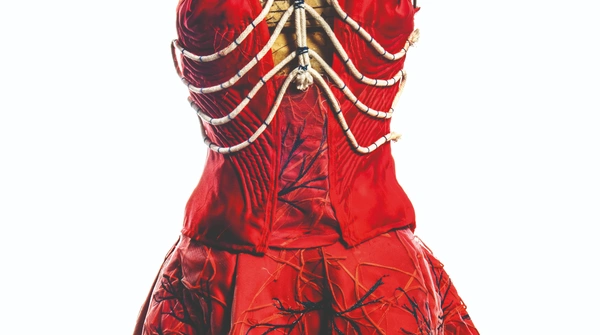
Threading dreams at RIC
If you’ve got a flair for fashion and a knack for textiles, RIC's A level Textiles is your golden ticket. Whether you’re dreaming up haute couture, crafting the perfect space, or sketching the next big trend, this course has you covered. From fashion design to costume creation for the silver screen RIC’s A level and GCSE courses are where creativity meets craftsmanship. You’ll dive into the world of textile art and get hands-on with styling.
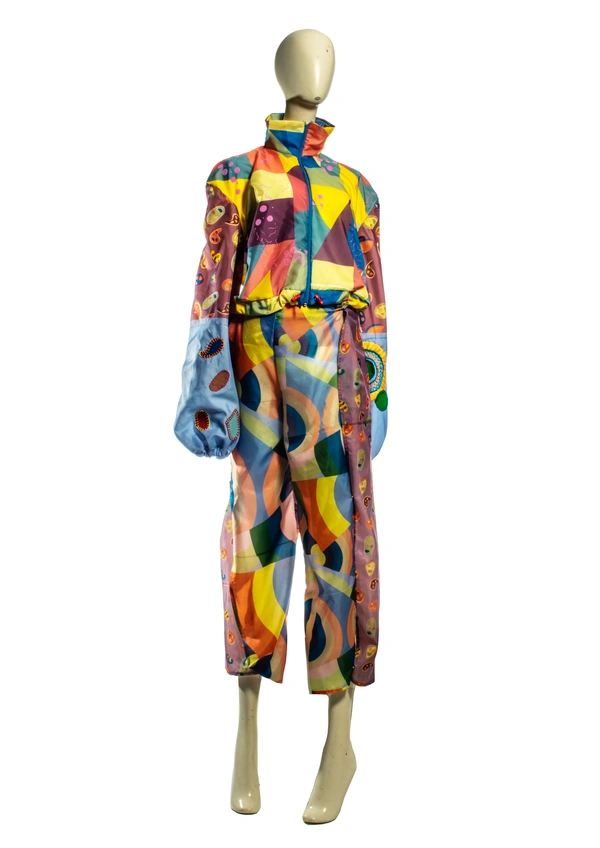
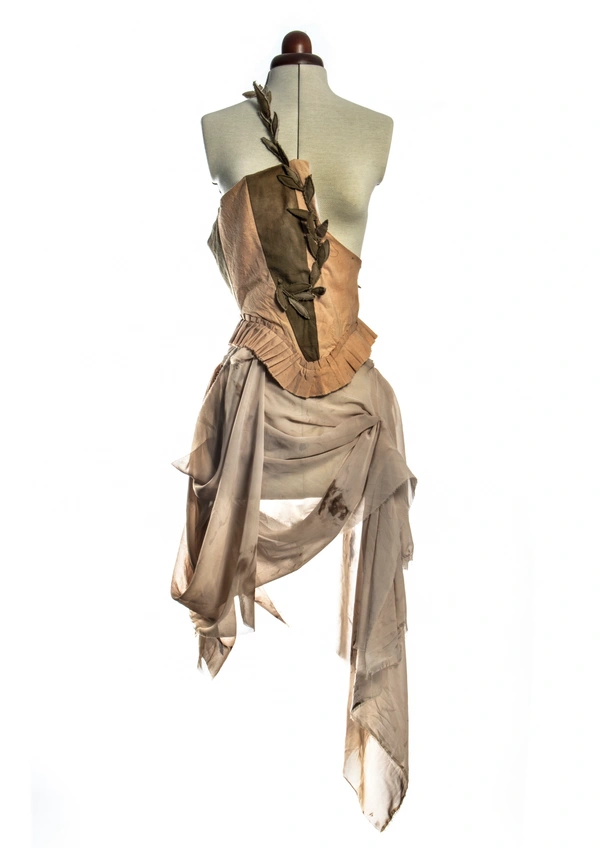


1 / 5
Exam Specifications
Assessment
60% coursework, 40% examination. All units are practical
A level – 15 hours of unaided, supervised time
Students will be introduced to a variety of experiences that explore a range of textile media, processes and techniques within both traditional and new media and will explore use of drawing for different purposes, using a variety of methods and media on a variety of scales, including potential use of colour.
Students’ exploration into relevant images, artefacts and resources relating to a range of art, craft and design, from the past and from recent times will be integral to the investigating and making processes. Responses to these examples will be shown through practical and critical activities that demonstrate understanding of different styles, genres and traditions.
Areas of study
Students are required to work in one or more area(s) of textile design, such as: • fashion design
• fashion textiles
• costume design
• digital textiles
• printed and/or dyed fabric and materials • domestic textiles and wallpaper
• interior design
• constructed textiles
• art textiles
• installed textiles
Component 1 Personal Investigation
This is a practical investigation supported by written material.
Students are required to conduct a practical investigation, into an idea, issue, concept or theme, supported by written material. The focus of the investigation must be identified independently by the student and must lead to a finished outcome or a series of related finished outcomes. This must be supported by an extended response of between 1000 and 3000 words of continuous prose. The personal investigation will be assessed as a whole.
Component 2 Externally Set Assignment
The question paper will consist of a choice of eight questions to be used as starting points. Students are required to select one. Following receipt of the paper students should consider the starting points and select one. Preparatory work should be presented in any suitable format, such as mounted sheets, design sheets, sketchbooks, workbooks, journals, models and maquettes.
Following the preparatory period, students must complete 15 hours of unaided, supervised time. In this time students must produce a finished outcome or a series of related finished outcomes, informed by their preparatory work.
Assessment
60% coursework project, 40% exam project (culminating in 10 hour exam) Exam length
Exam questions issued in February, an initial extended preparation period culminates in a 10 hour exam.
There are a number of different paths within Art & Design at RIC, but our aims are the same for every medium. We encourage students to record their observations, experiences, ideas and insights, and provide them with practical support and the techniques to express themselves. Students will develop skills of analysis and critical evaluation as they respond to images, objects, artefacts and texts. In this way their art productions will become more informed. Ideas will be developed with investigation and exploration, using different materials. In all, students will present personal, coherent, and informed responses to certain themes or topics while articulating well informed opinions.
We offer one year GCSE level courses in the following areas of Art and Design:
Fine Art
Graphic Communication
Textiles
3 Dimensional Design (Ceramics)
Photography
Coursework Unit (Portfolio)
Students respond to a brief and should include preparatory work, relevant art studies, informed development and a final piece/pieces which result from the previous stages. Students spend time studying key artists/designers/ photographers relating to their chosen subject and experimenting with a wide variety of materials and practical processes. This provides a sound foundation of knowledge and skills from which they can draw when carrying out investigations and experiments for their projects.
Exam Project
Questions are set by the examining board. From a selection of 7, students are required to respond to one starting point in their chosen option. There is a preparatory period of 10 – 13 weeks, followed by 10 hours of supervised time. Students are expected to develop their own work to resolve their investigations, producing a final piece or pieces based upon preparatory studies and research.
Curious about Textiles?
Read
Your starting point for any design project will be research and recording ideas. Read and watch the blog post Zandra Rhodes: Processes, Practices and the Importance of Sketching
Journals - Also available online
Art Monthly Art Review https://www.artmonthly.co.uk/
Contemporary Crafts Magazine https://www.craftscouncil.org.uk/
Creative Review https://www.creativereview.co.uk/
Design Magazine https://www.dezeen.com/
Drapers https://www.drapersonline.com/
Elle Decoration https://www.elledecoration.co.uk/
GQ https://www.gq-magazine.co.uk/?international
Selvedge – Selvedge Ltd https://www.selvedge.org/
Vogue Web https://www.vogue.co.uk/
Online
Textile & Fibre Artists https://www.textileartist.org/
Collate inspiration in folders https://www.pinterest.co.uk/
British Fashion Council https://www.britishfashioncouncil.co.uk/
Crafts Council www.craftscouncil.org.uk
Design Council www.designcouncil.org.uk
Design Museum www.designmuseum.org
Drapers Magazine www.drapersonline.com/fashion/index.html
Costume timelines https://fashion-era.com/fashion-history/fashion-eras
www.manchestergalleries.org/our-other-venues/platthall-gallery-of-costume/the-collection
Victoria and Albert Museum www.vam.ac.uk
Vogue Magazine www.vogue.co.uk
Listen
https://www.fashionrevolution.org/resources/listen-to-the-fashion-revolution-podcast/ Interested in sustainablity and working towards making change.++
https://www.iheart.com/podcast/105-dressed-the-history-of-fas-29000690/- Dressed: The History of Fashion explores both social and cultural histories of clothing
https://www.bbc.co.uk/sounds listen to interviews with some of the world’s greatest designers, including Vivienne Westwood, Zandra Rhodes, Celia Birtwell and Anya Hindmarch on Desert Island Discs.
https://www.bbc.co.uk/sounds/ Look for Podcasts on textile designers, fabrics and the history of Textiles.
Watch
Now is a great time to see what is happening in
DESIGN MUSEUM - Stella McCartney and Sir David Adjaye, in an exciting discussion on sustainable fashion and architecture. https://www.youtube.com/watch?v=lgLKhYJkIoA-
V & A - The V&A museum has launched a series of five films on YouTube that takes viewers on a personal, 30-minute behind-the-scenes tour of its Kimono: Kyoto to Catwalk exhibition
- https://www.youtube.com/watch?time_continue=99&v=oEf0iFNTVGw&feat
- ure=emb_logo
- https://www.youtube.com/watch?v=hG6UVZexmc8
- https://www.youtube.com/watch?v=dvyC_pqYhvwhttps://www.youtube.com/watch?v=oz1AzscxHjk
- https://www.youtube.com/watch?v=OSgNdkcg9To
Royal Academy of Arts- Picasso & Paper exhibition https://www.royalacademy.org.uk/article/picasso-and-paper-virtual-exhibition-tou
FabRIC
As well as our students, RIC teachers are also a prize-winning bunch. It was not only the students winning awards at RIC this year as RIC’s Textiles teacher Francesca Baur was recognised through the high quality of entries submitted by her Textiles students. The students entered sustainable designs to the annual WoolMark company, ‘Wool4Schools’ competition, open to young designers in the UK, in partnership with UAL and designer Feng Chen Wang. The theme of the competition this year was ‘Wool on the Go’ that focused on designs fit for an eco-friendly commute made with 70% wool. The students’ development of hand drawn and digital ideas presented the innovative guidance from Francesca who won the award for the Junior Teacher category. Fran is an established textile designer and artist with a particular interest in sustainability. All of the teachers in our art department are practicing creatives. She says: “‘I embrace our planet by only working with natural materials, including linen, hemp and organic cotton cloths’
Buy less. Choose well. Make it last. Quality, not quantity. Everybody’s buying far too many clothes.
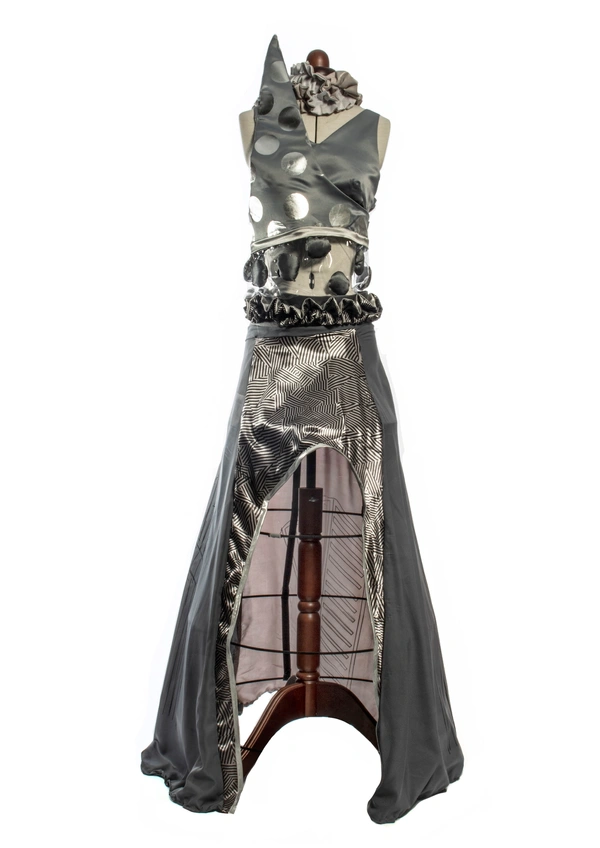

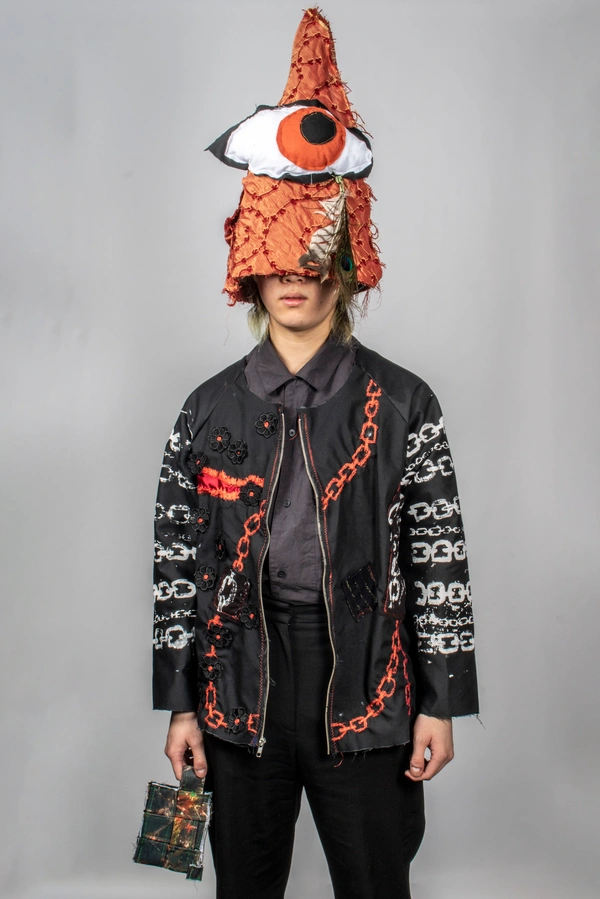
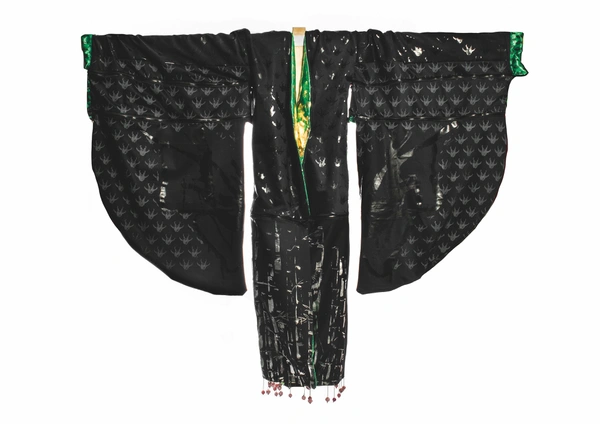

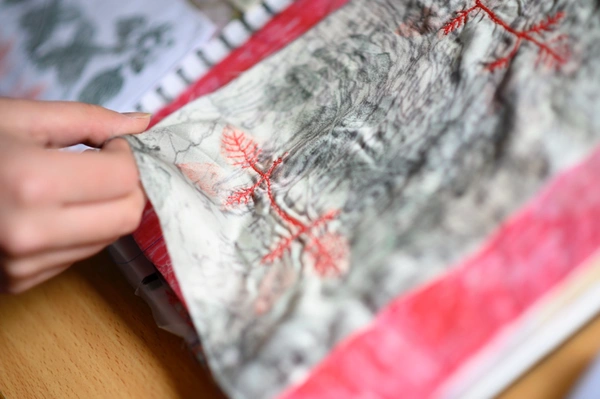
1 / 6
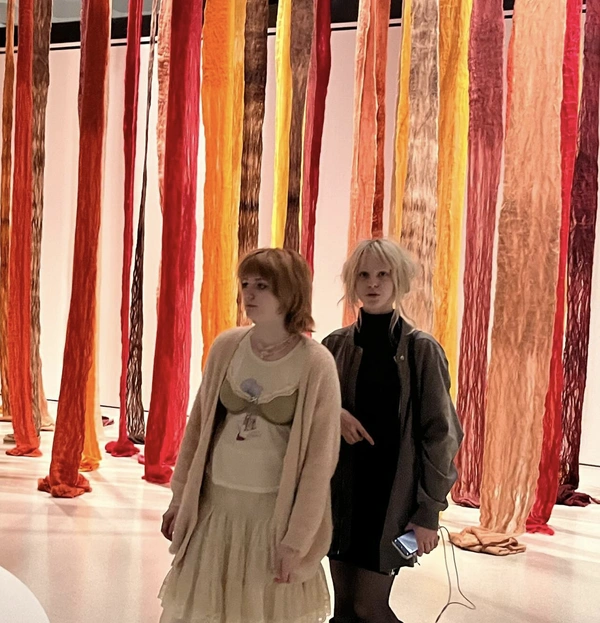
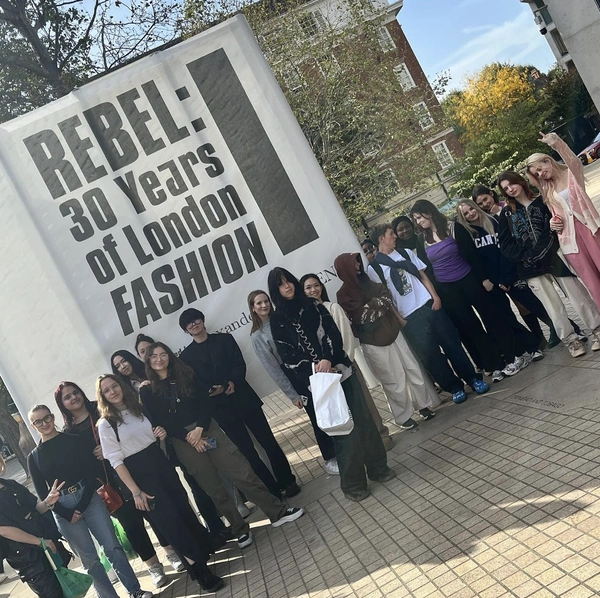
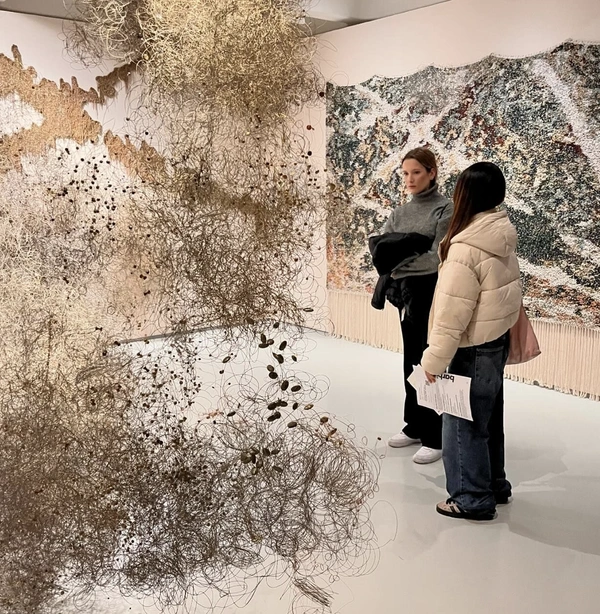
1 / 3